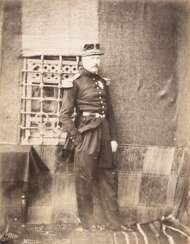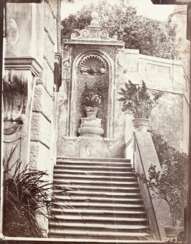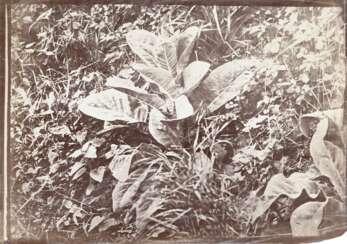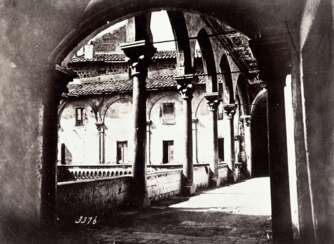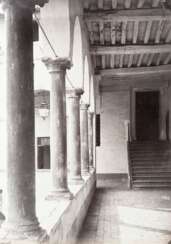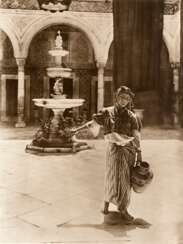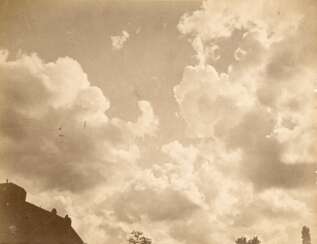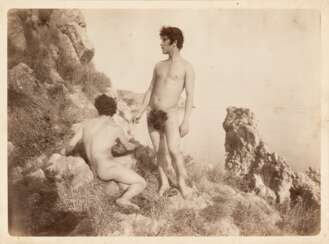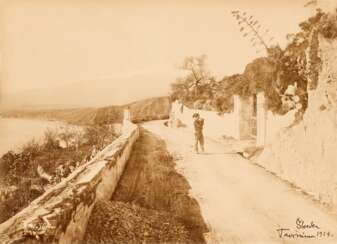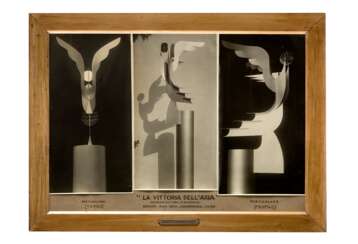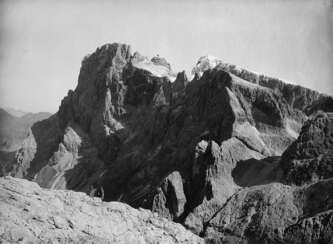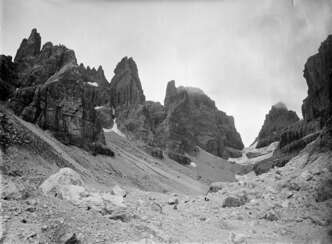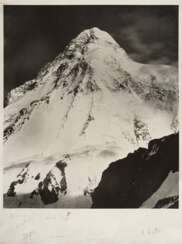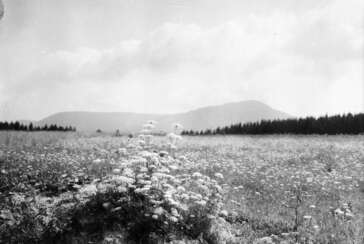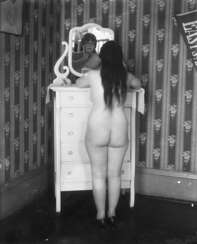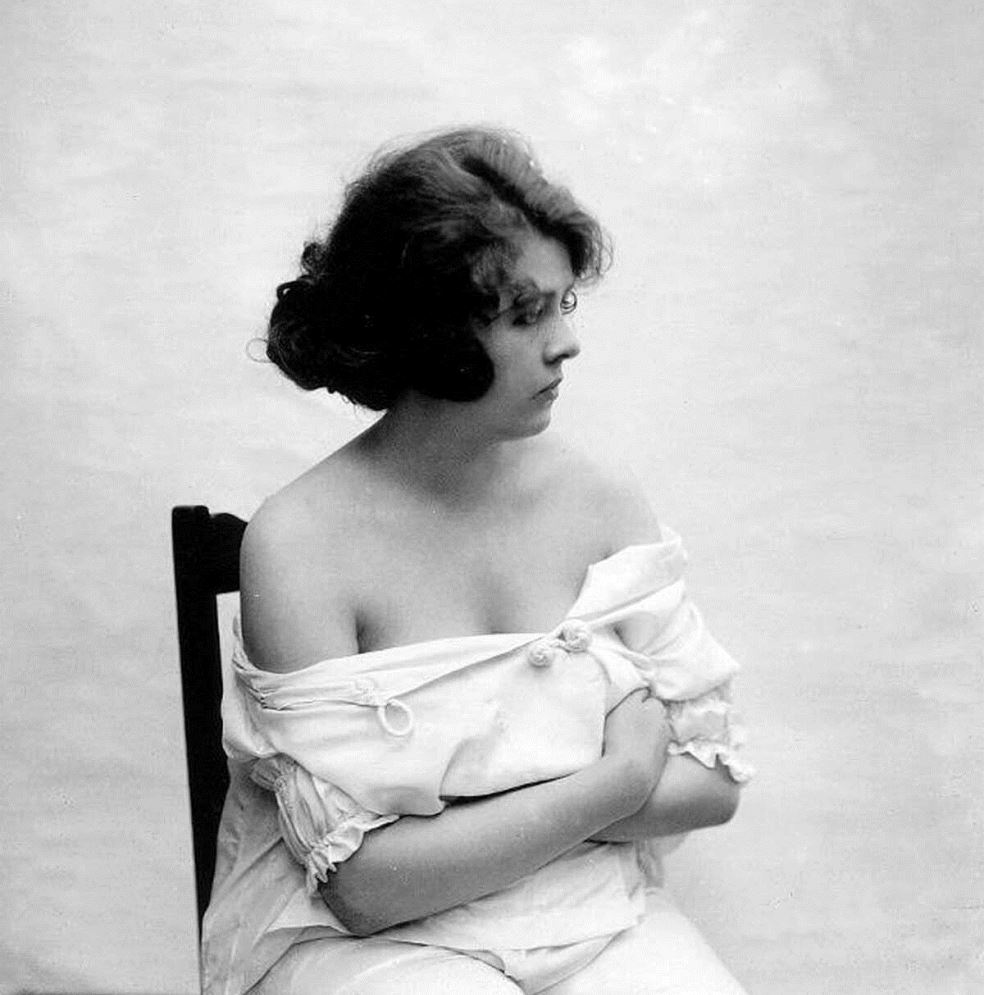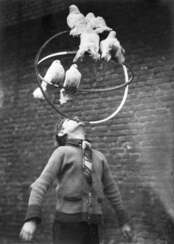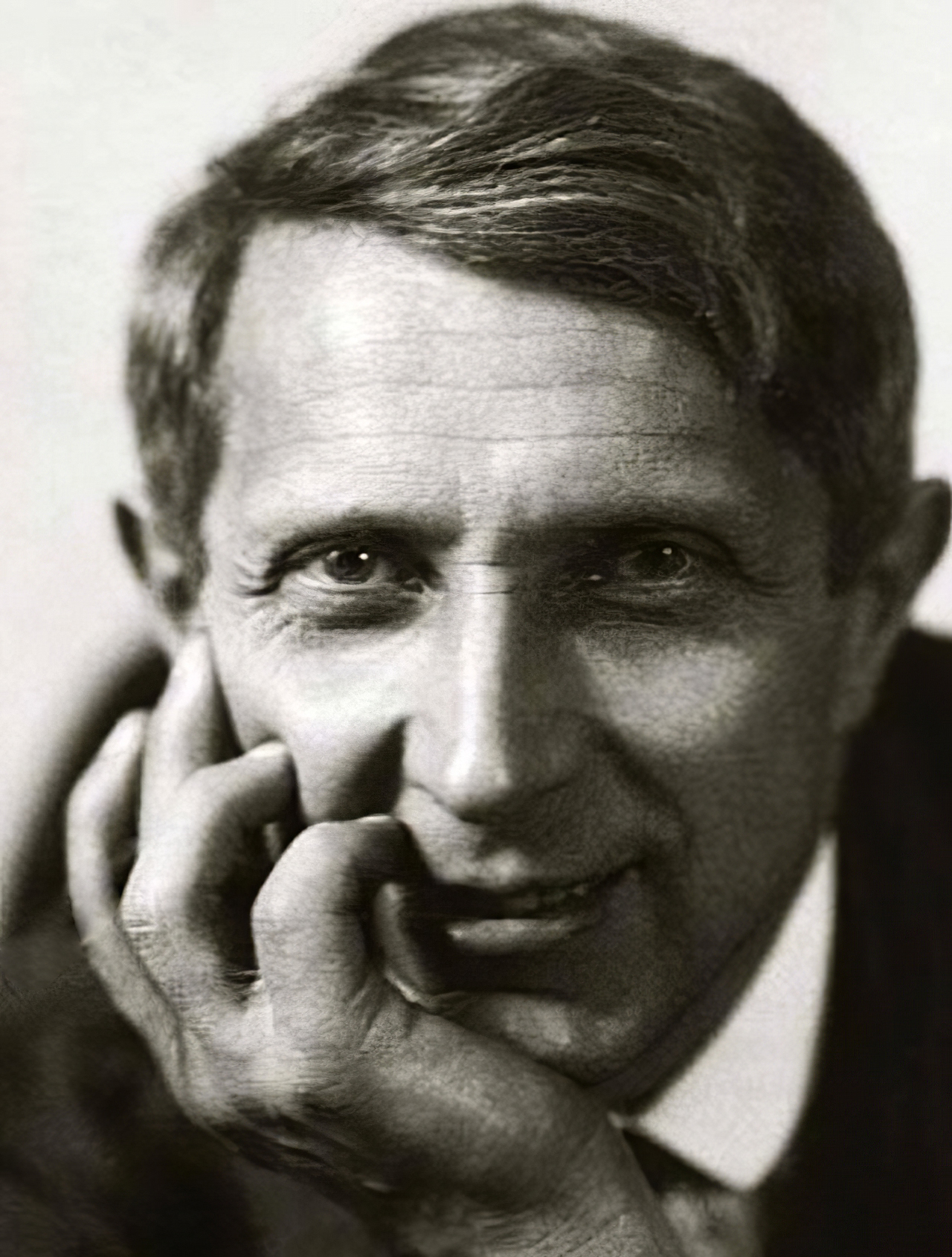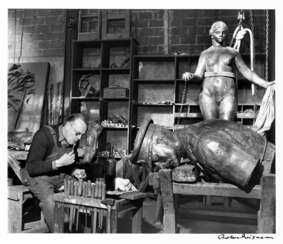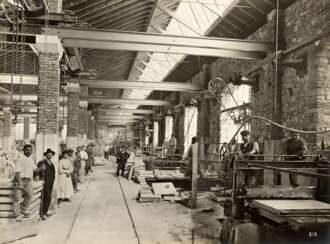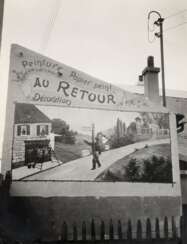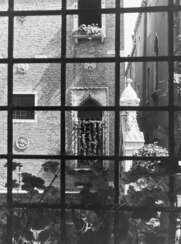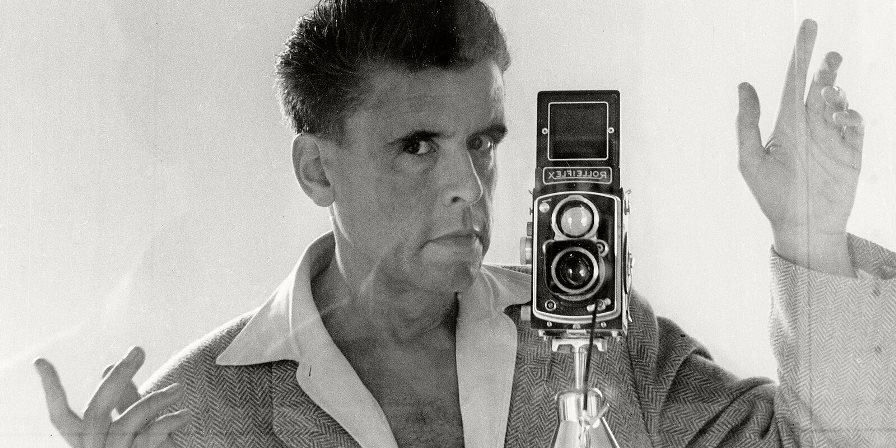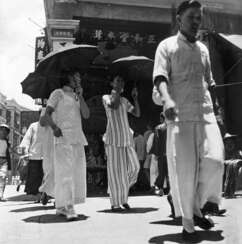
Photography — Auction 482: Photographs
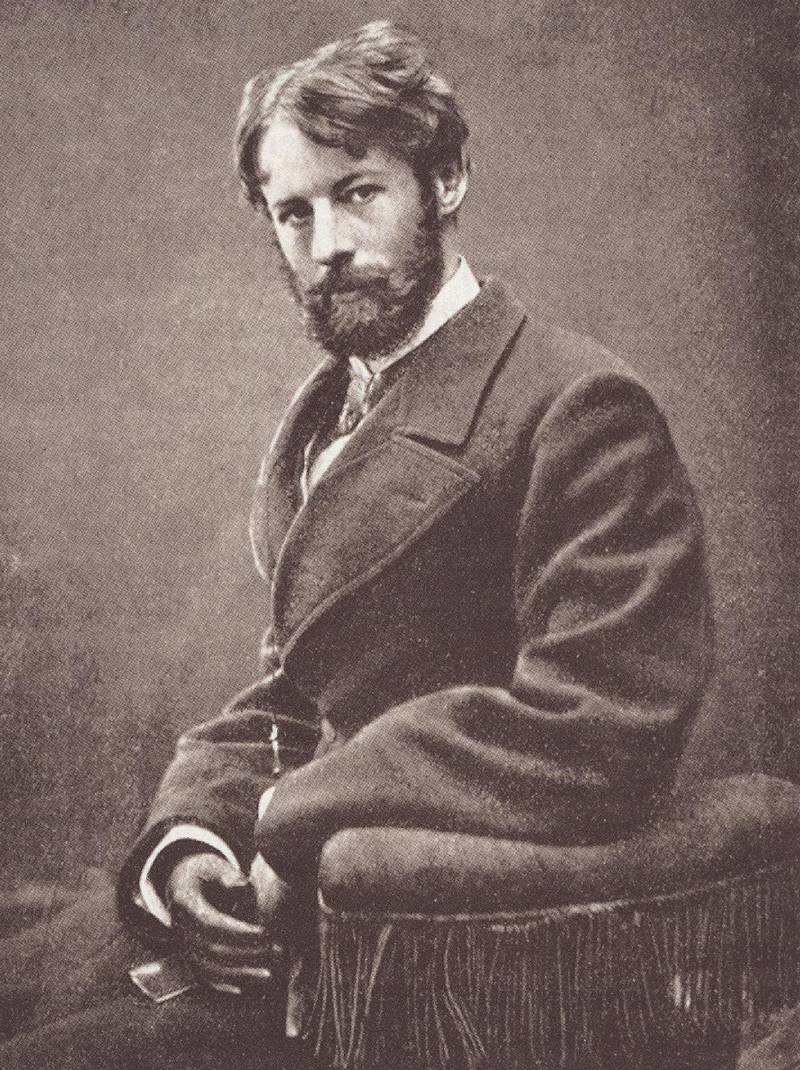
Baron Wilhelm Ivan Friederich August von Gloeden, commonly known as Baron von Gloeden, was a German photographer who lived and worked in Italy. One of the greatest masters of male nudity, a precursor of homosexual photography and a forerunner of performance art.
Wilhelm von Gloeden is mainly known for his pastoral photographs of nude Sicilian boys, which usually feature props such as wreaths or amphorae, suggestive of ancient Greece or Italy. From a contemporary perspective, his work is commendable for its controlled use of lighting, as well as the often elegant poses of his models. His innovations include the use of photofilters and special cosmetics (a mixture of milk, olive oil and glycerine) to mask skin imperfections.

Baron Wilhelm Ivan Friederich August von Gloeden, commonly known as Baron von Gloeden, was a German photographer who lived and worked in Italy. One of the greatest masters of male nudity, a precursor of homosexual photography and a forerunner of performance art.
Wilhelm von Gloeden is mainly known for his pastoral photographs of nude Sicilian boys, which usually feature props such as wreaths or amphorae, suggestive of ancient Greece or Italy. From a contemporary perspective, his work is commendable for its controlled use of lighting, as well as the often elegant poses of his models. His innovations include the use of photofilters and special cosmetics (a mixture of milk, olive oil and glycerine) to mask skin imperfections.
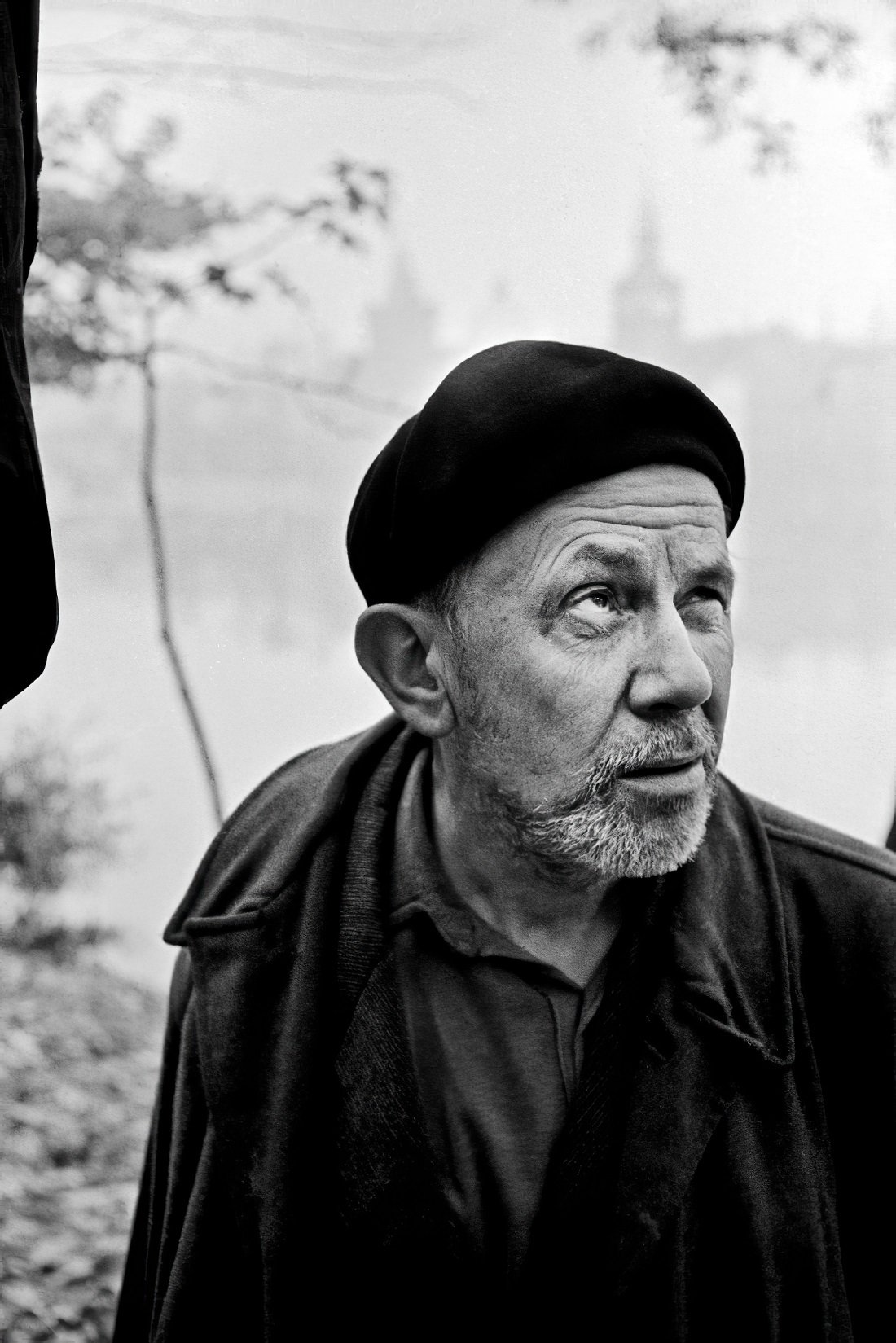
Josef Sudek was a Czech photographer known for his poetic images of Prague and its surroundings. He initially studied bookbinding before becoming interested in photography.
Sudek is known for his use of the large format camera, which allowed him to create highly detailed and nuanced images. He often photographed still lifes, landscapes, and architecture, but his most iconic images are his atmospheric images of Prague, which he captured over the course of several decades.
Sudek's photography is characterized by its emphasis on light, shadow, and texture, and his images often have a dreamlike or poetic quality. He also experimented with different printing techniques, including platinum printing, which gave his photographs a soft and velvety texture.
Despite facing numerous challenges throughout his life, including losing an arm in World War I and facing political persecution during the Communist regime in Czechoslovakia. Today, he is considered one of the most important photographers of the 20th century, and his work is held in major collections around the world, including the Museum of Modern Art in New York and the National Gallery in Prague.
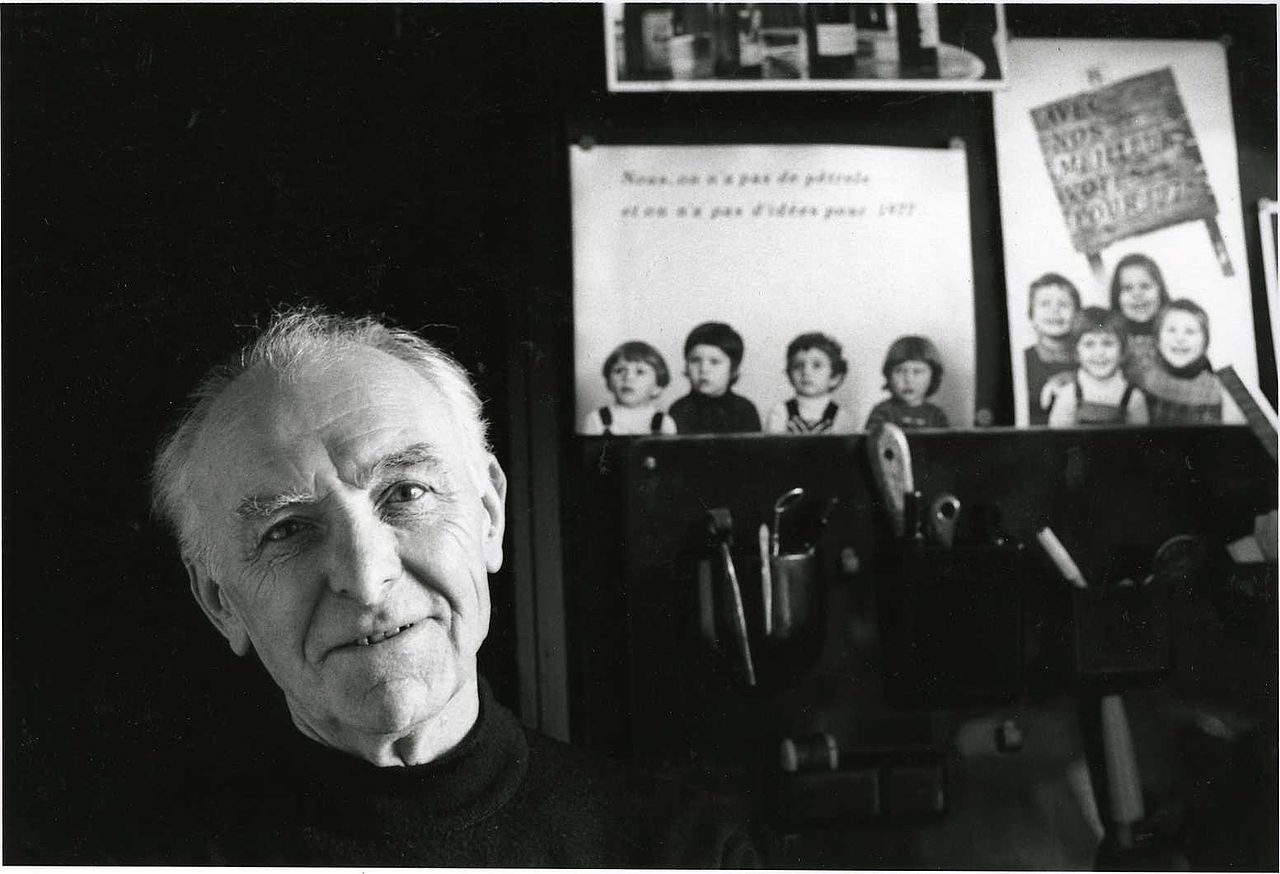
Robert Doisneau was a French photographer. From the 1930s, he photographed the streets of Paris. He was a champion of humanist photography and with Henri Cartier-Bresson a pioneer of photojournalism.
Doisneau is known for his 1950 image Le baiser de l'hôtel de ville (The Kiss by the City Hall), a photograph of a couple kissing on a busy Parisian street.
He was appointed a Chevalier (Knight) of the Legion of Honour in 1984 by then French president, François Mitterrand.

Robert Doisneau was a French photographer. From the 1930s, he photographed the streets of Paris. He was a champion of humanist photography and with Henri Cartier-Bresson a pioneer of photojournalism.
Doisneau is known for his 1950 image Le baiser de l'hôtel de ville (The Kiss by the City Hall), a photograph of a couple kissing on a busy Parisian street.
He was appointed a Chevalier (Knight) of the Legion of Honour in 1984 by then French president, François Mitterrand.

Robert Doisneau was a French photographer. From the 1930s, he photographed the streets of Paris. He was a champion of humanist photography and with Henri Cartier-Bresson a pioneer of photojournalism.
Doisneau is known for his 1950 image Le baiser de l'hôtel de ville (The Kiss by the City Hall), a photograph of a couple kissing on a busy Parisian street.
He was appointed a Chevalier (Knight) of the Legion of Honour in 1984 by then French president, François Mitterrand.

Robert Doisneau was a French photographer. From the 1930s, he photographed the streets of Paris. He was a champion of humanist photography and with Henri Cartier-Bresson a pioneer of photojournalism.
Doisneau is known for his 1950 image Le baiser de l'hôtel de ville (The Kiss by the City Hall), a photograph of a couple kissing on a busy Parisian street.
He was appointed a Chevalier (Knight) of the Legion of Honour in 1984 by then French president, François Mitterrand.
